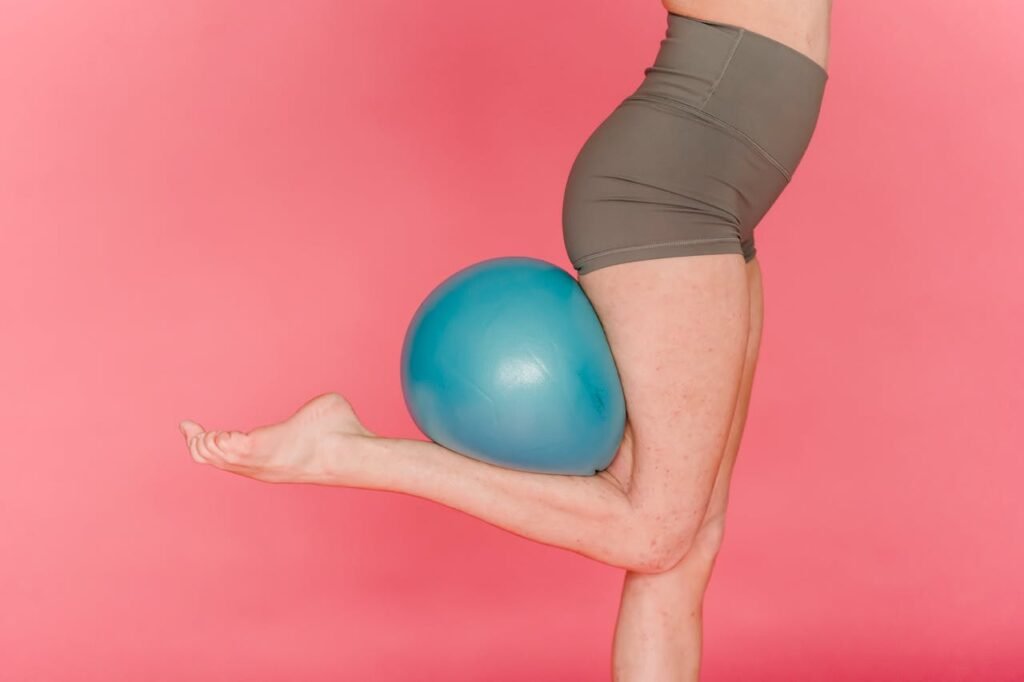The ketogenic diet (or keto diet) has gained immense popularity as a weight loss and health-improvement strategy. By drastically reducing carbohydrates and replacing them with fats, keto pushes your body into a state of ketosis, where fat is burned for fuel instead of glucose. While this metabolic shift can yield impressive results, it’s not without its challenges.
The keto diet’s restrictive nature can lead to various side effects, ranging from mild discomfort to serious health concerns. This comprehensive guide explores the potential side effects of the keto diet, why they occur, and how to manage or prevent them.
What Is the Keto Diet? A Quick Overview
The ketogenic diet typically consists of:
- High Fat: About 70-80% of daily calorie intake.
- Moderate Protein: Roughly 10-20%.
- Low Carbohydrate: Around 5-10%, equating to 20-50 grams of carbs per day.
When carbs are restricted, the body depletes its glycogen stores and starts producing ketones from fat in the liver, which then become the primary energy source.
Common Side Effects of the Keto Diet
1. Keto Flu
What It Is:
The “keto flu” refers to a collection of symptoms that many people experience when transitioning into ketosis. These symptoms are often the result of the body adjusting to using ketones for energy instead of glucose.
Symptoms:
- Fatigue
- Headaches
- Nausea
- Dizziness
- Muscle cramps
- Irritability
Why It Happens:
- Carb Withdrawal: Your body is accustomed to burning glucose for energy, and the sudden carb restriction can feel like a shock to the system.
- Electrolyte Imbalance: As your glycogen stores are depleted, water and electrolytes are flushed out, leading to imbalances.
How to Manage It:
- Stay hydrated and replenish electrolytes by consuming sodium, potassium, and magnesium (e.g., through bone broth, leafy greens, or supplements).
- Ease into the diet gradually by reducing carbs over a few days rather than cutting them drastically.
2. Digestive Issues

What It Is:
Many keto dieters experience digestive problems, including constipation, diarrhea, and bloating.
Why It Happens:
- Low Fiber Intake: Cutting out high-carb foods like fruits, whole grains, and legumes often leads to insufficient dietary fiber.
- High Fat Intake: A sudden increase in dietary fat can overwhelm the digestive system, especially if it’s not accustomed to processing large amounts of fat.
How to Manage It:
- Include fiber-rich, low-carb vegetables like spinach, broccoli, and zucchini.
- Gradually increase fat intake to allow your body to adapt.
- Stay hydrated and consider using probiotics to support gut health.
3. Bad Breath (Keto Breath)
What It Is:
Keto breath is a distinct, often metallic or fruity smell caused by increased levels of acetone, a byproduct of ketosis.
Why It Happens:
When your body burns fat for energy, it produces ketones, including acetone, which is exhaled through the breath.
How to Manage It:
- Drink plenty of water to help flush out ketones.
- Practice good oral hygiene, including brushing your teeth and tongue.
- Chew sugar-free gum or mints (make sure they’re keto-friendly).
4. Nutrient Deficiencies
What It Is:
The restrictive nature of the keto diet can lead to deficiencies in essential vitamins and minerals.
Why It Happens:
- Cutting out whole food groups like fruits, grains, and starchy vegetables may result in lower intake of vitamins like vitamin C, B vitamins, and minerals such as potassium and magnesium.
How to Manage It:
- Focus on nutrient-dense keto-friendly foods like avocados, nuts, seeds, and leafy greens.
- Consider a high-quality multivitamin to fill in nutritional gaps.
- Rotate a variety of low-carb vegetables to ensure diverse nutrient intake.
5. Increased Risk of Dehydration

What It Is:
The keto diet can cause increased urination, leading to potential dehydration.
Why It Happens:
- Glycogen, stored in the liver and muscles, binds water. When glycogen stores are depleted, water is excreted along with it.
How to Manage It:
- Drink plenty of water throughout the day.
- Replenish electrolytes with keto-friendly foods like avocados, nuts, and seeds.
- Limit diuretics like coffee and tea, which can exacerbate fluid loss.
6. High Cholesterol Levels
What It Is:
The keto diet’s high fat intake may raise cholesterol levels in some individuals.
Why It Happens:
- Saturated fats from sources like butter, cheese, and fatty cuts of meat can increase LDL (bad) cholesterol in certain people.
How to Manage It:
- Prioritize healthy fats like those from avocados, olive oil, and fatty fish.
- Monitor your cholesterol levels with regular blood tests.
- If levels rise, consult a healthcare professional to adjust your fat sources.
7. Sleep Disturbances
What It Is:
Some people report difficulty falling asleep or staying asleep when starting the keto diet.
Why It Happens:
- Low blood sugar levels can disrupt sleep cycles.
- Keto adaptation may temporarily increase stress hormones like cortisol.
How to Manage It:
- Incorporate relaxing nighttime routines like meditation or reading.
- Avoid heavy meals and caffeine close to bedtime.
- Ensure adequate magnesium intake to support relaxation and sleep quality.
8. Loss of Muscle Mass
What It Is:
While the keto diet helps with fat loss, it can sometimes lead to muscle loss if not properly managed.
Why It Happens:
- Insufficient protein intake or overly restrictive calorie consumption can result in muscle breakdown.
How to Manage It:
- Include adequate protein in your diet (about 0.8-1.2 grams of protein per pound of lean body mass).
- Combine the keto diet with resistance training to preserve and build muscle.
9. Gallbladder Issues
What It Is:
A sudden increase in fat consumption can lead to gallbladder discomfort or exacerbate existing gallbladder problems.
Why It Happens:
- The gallbladder releases bile to digest fats. Overloading it with dietary fat can lead to discomfort or gallstones.
How to Manage It:
- Gradually increase fat intake to allow your gallbladder to adjust.
- Focus on healthy fats like olive oil and avocados.
- If you have a history of gallbladder issues, consult a doctor before starting keto.
10. Increased Risk of Kidney Stones
What It Is:
Some individuals may experience a higher risk of developing kidney stones on the keto diet.
Why It Happens:
- High levels of uric acid and oxalate can result from increased protein intake and low hydration levels, contributing to kidney stone formation.
How to Manage It:
- Drink plenty of water to dilute uric acid and oxalate.
- Limit high-oxalate foods like spinach and nuts.
- Avoid excessive protein intake; stick to moderate levels.
11. Mental Fog (Initial Stage)

What It Is:
Mental fog, or difficulty concentrating, is common when starting the keto diet.
Why It Happens:
- The brain initially relies on glucose for energy. Transitioning to ketones as a fuel source can cause temporary cognitive slowdown.
How to Manage It:
- Stay hydrated and replenish electrolytes.
- Allow your body time to adapt—mental clarity typically improves after the first week.
12. Social Challenges
What It Is:
The restrictive nature of the keto diet can make social events and dining out more challenging.
Why It Happens:
- High-carb foods are common in social settings, and explaining dietary restrictions can feel awkward.
How to Manage It:
- Plan ahead by researching keto-friendly menu options.
- Bring your own snacks or dishes to gatherings.
- Communicate your goals with friends and family for support.
Who Should Avoid the Keto Diet?
The keto diet is not suitable for everyone. People with the following conditions should consult a healthcare professional before starting:
- Type 1 diabetes or insulin-dependent type 2 diabetes.
- Kidney disease.
- Liver conditions.
- History of eating disorders.
- Pregnant or breastfeeding women.
Conclusion: Is the Keto Diet Right for You?
The keto diet can be an effective tool for weight loss and certain health conditions, but it’s not without potential side effects. Understanding the risks and learning how to manage them is essential for a safe and sustainable experience.
If you decide to try keto, start slowly, prioritize whole foods, stay hydrated, and monitor your body’s response closely. Always consult a healthcare provider before making significant dietary changes, especially if you have pre-existing health conditions.
Ultimately, the best diet is one that aligns with your goals, supports your health, and is sustainable in the long term. Whether or not keto is right for you, balance and moderation are key to achieving lasting results.
Pixel 4a Review
The Google Pixel 4A currently tops our rank of the greatest Samsung phones available, beating even the pricier iPhone Ultra Max Mega.
So unsurprisingly this is an absolutely fantastic phone. The design isn't massively changed from the previous generation, but most other elements upgraded.
The Good
- Modern and fresh yet sleek design
- Improved battery life
- Performance of M3 Chipset
- Designed for a larger screen
The Bad
- Lackluster Audio and tiny speaker
- Still ridiculously large
- Can't render the brightest colors
- Missing dedicated ports
-
Display8.5
-
Performance9
-
Features7
-
Usability8
-
Battery Life10


